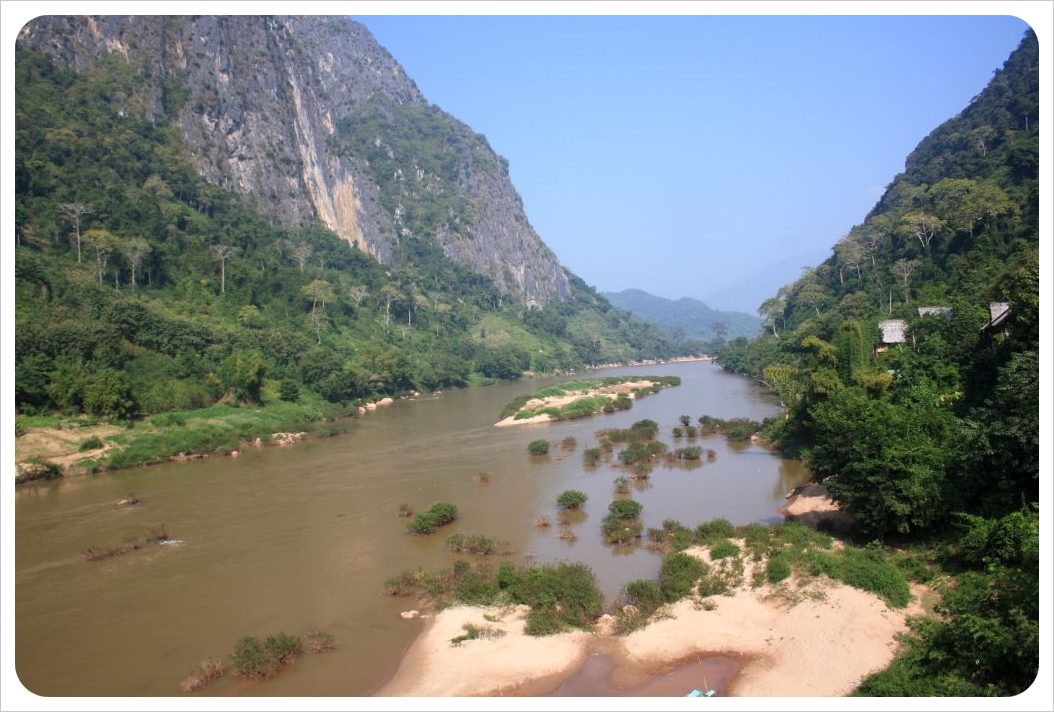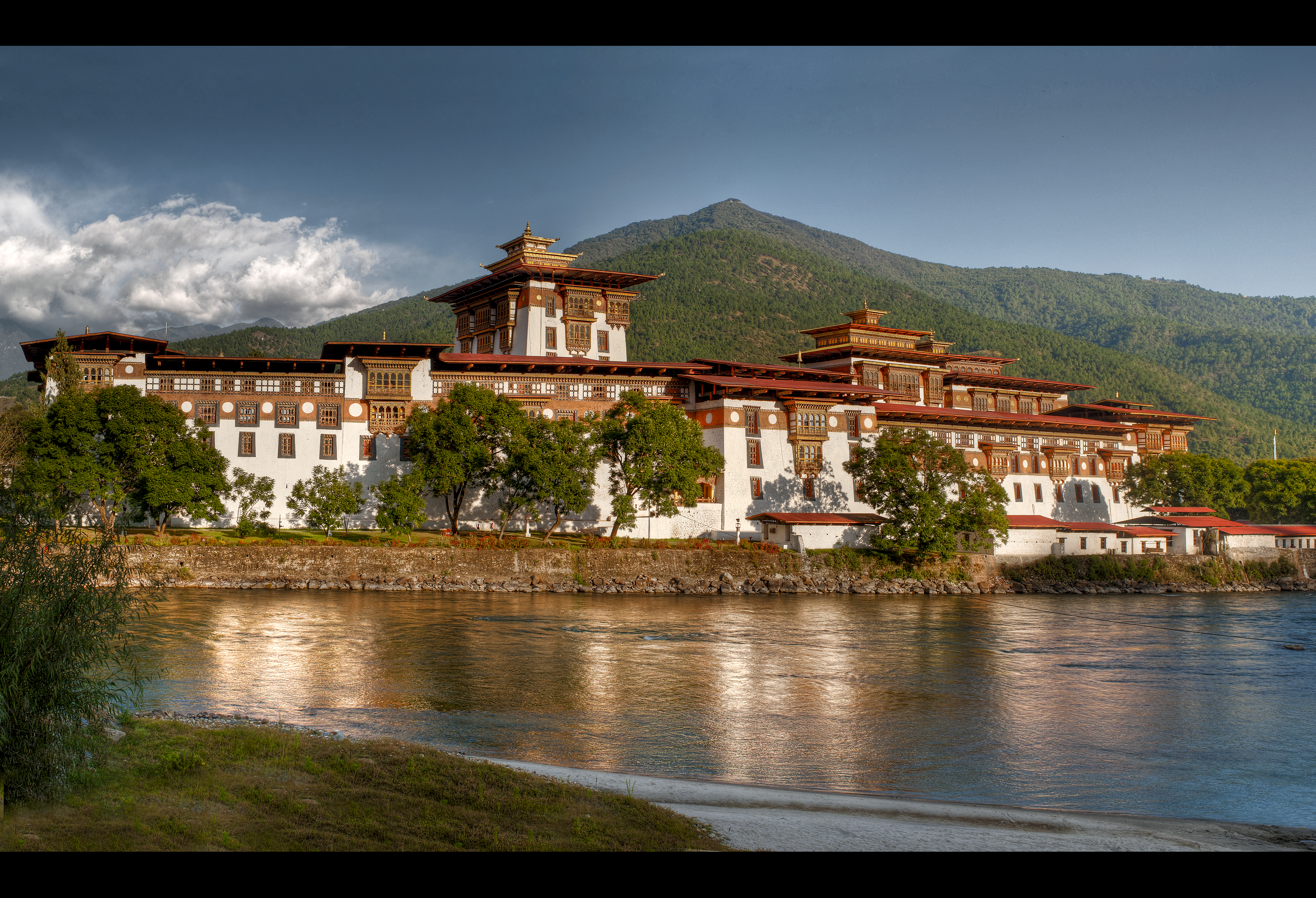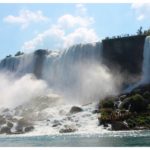Last Updated on December 15, 2019
Located in a remote, mountainous region between China and India, the country of Bhutan has a reputation for being a mythical, luxurious, and somewhat mysterious destination for adventurous travelers hoping to get off the beaten path. The Bhutanese word for Bhutan, “Druk Yul,” translates to “Land of the Thunder Dragon.” Because of fierce preservation regulations, visitors to Bhutan will now see ancient temples and palaces alongside new structures that have been designed to pay homage to traditional Buddhist architecture.
With diverse landscape and gorgeous flora and fauna, you’ll find natural eye candy all year-round, despite the weather varying greatly from season to season. Depending on how you want to spend your time during your trip, you’ll want to visit Bhutan at specific times of the year. Whether you are a hiker, a cultural buff, a bird watcher, or just looking to see the most popular tourist destinations, you’ll find in Bhutan a unique vacation destination with something for every type of traveler.
How to Get the Most Out of Your Trip to Bhutan
Because Bhutan values cultural preservation, environmental sustainability, and guards its rich traditions closely, visitors to Bhutan must pay a travel tariff of $250 per person per day. However, don’t let this turn you off of a trip to this spectacular country.
Because you must book your trip through a licensed tour operator, the fee covers food and lodging expenses in addition to transportation, activities, and any entrance fees. The fee ensures that your trip to Bhutan is well curated and organized, to create an optimal, stress-free travel experience. In addition, you can rest assured that your trip will be a meaningful experience where you gain a deep appreciation and understanding for the country’s people and culture.
Before you buy trip tickets, decide whether you want to spend time trekking, exploring various Bhutanese festivals, taking in the rich Buddhist cultural heritage, or sifting through gorgeous fabrics and textiles at Bhutanese markets. Once you’ve decided how you want to spend your time, you can find a program that caters to your needs.
What to Expect During Different Seasons
While Bhutan is a gorgeous natural haven all year-round, you may find that certain times of the year are more optimal for travel, depending on your priorities. Truly, though, there is no best time to travel to Bhutan because you can find spectacular hikes and incredible festivals at any time of the year.
Spring in Bhutan
With beautiful blooming flowers and mild temperatures around 70 degrees Fahrenheit, spring is an excellent time to travel if you are hoping for optimal hiking conditions. Colorful rhododendron forests and the occasional sighting of a rare blue poppy make springtime in Bhutan a magical time to travel.
Bhutan in Summer
Summer’s luscious green landscapes and rainy afternoons make it the perfect season for retreat in Bhutan. Travelers can opt to stay in a luxury hotel with spa amenities and take in the quiet city life during the off season for tourists. Thimphu, the capital city of Bhutan, often gets less rain than other parts of the country, making it an ideal summer travel destination.
Fall in Bhutan
Folks visiting Bhutan for the brilliantly colorful festivals and ideal weather often opt to visit in the fall. Some of Bhutan’s largest annual festivals take place during the fall season—like the Thimphu Tsechu festival, which celebrates Buddhist culture in Bhutan through triumphant dances and ornate costumes.
Bhutan in Winter
Winter in Bhutan is another good season for those hoping to hike through remote regions of the Himalayas. Expect to find pristine clear skies, rare wildlife like the endangered black neck crane, and mild to cold temperatures. Small crowds and low precipitation make winter in Bhutan the perfect time of year to explore the more rural regions of this gorgeous country.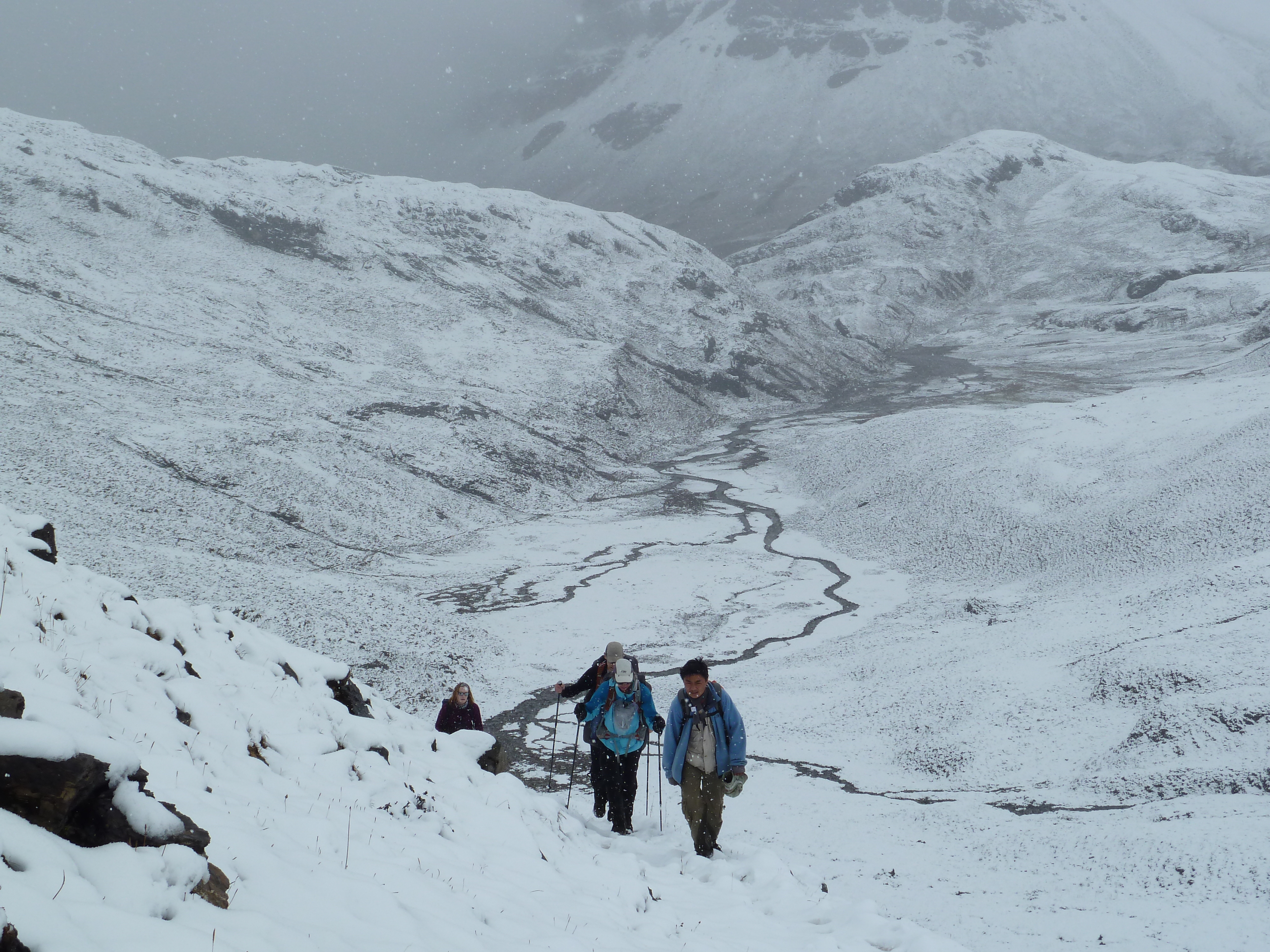
Must-See Cities in Bhutan
Nestled into the western Himalayas, Paro is the perfect city to visit after a few days of trekking during the fall or spring months. Ripe with sacred sights and picturesque monasteries like the Tiger’s Nest Monastery, you’ll find pristine paved roads weaving through ancient fortresses and historical sights. Paro is also home to Paro Tsechu, a nine-day festival which celebrates the saint who brought Buddhism to Bhutan.
Thimphu is another must-visit city in Bhutan for anyone hoping to gain a cultural understanding of this tiny country. Because Thimphu is located in a valley, it’s a good destination to visit during colder months as temperatures are often warmer in Thimphu than in towns higher in the Himalayas. In Thimphu, you’ll find farmers markets, monastery fortresses, endangered animal preserves, textile museums, and delicious local food.
With seasonal festivals in both cities, any time of year can be the best time to travel to Bhutan. With such rich culture, pristine natural landscapes, and unique activities to enjoy, you’ll have a blast discovering all of the hidden gems in Bhutan. Do you have travel stories from Bhutan? Leave a comment describing your adventures!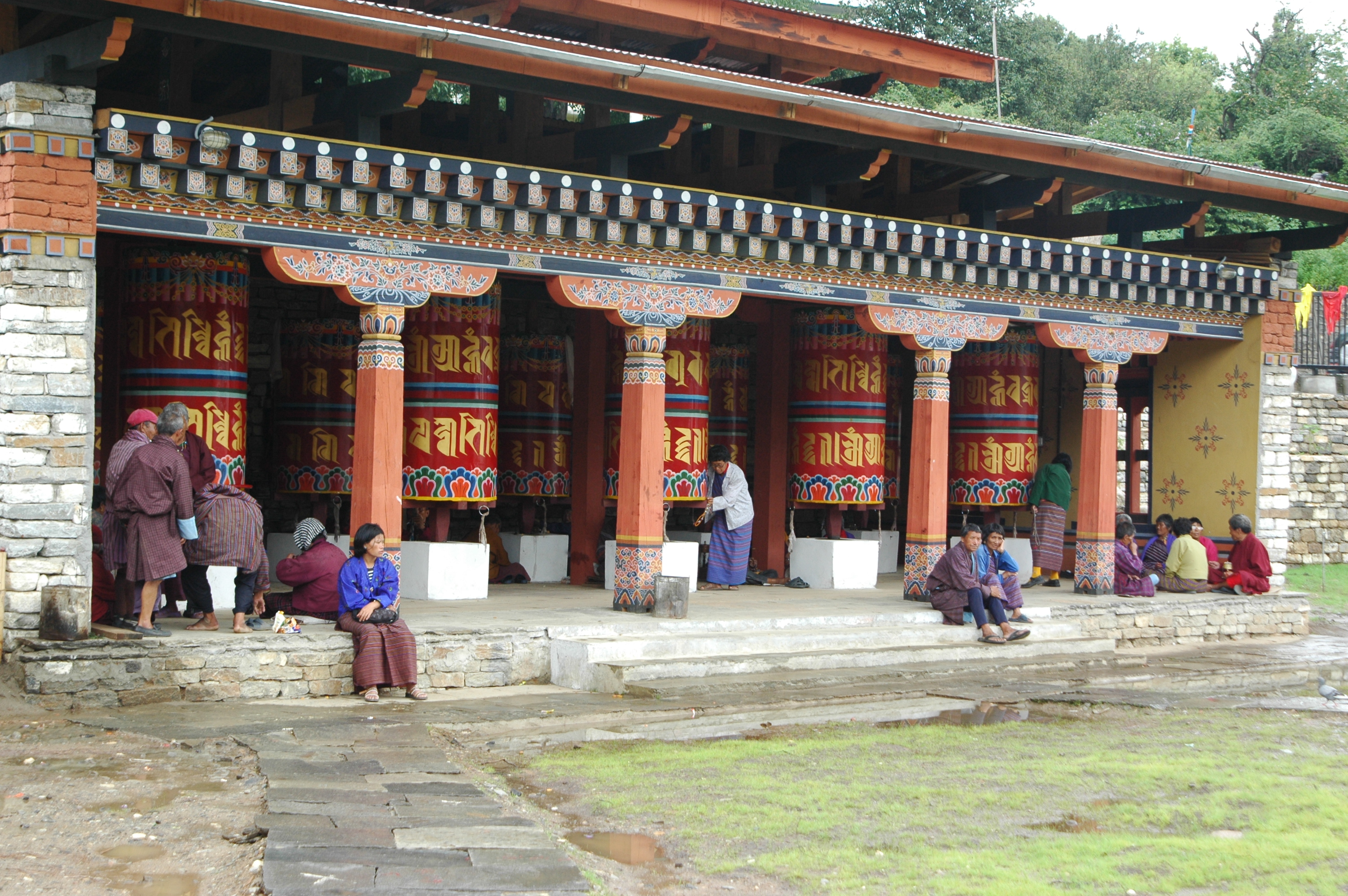
Photo Credit: All images used under Flickr’s Creative Commons Licensing. (1) Tiger’s Nest by Aymaan Ahmed; (2) Bhutan by Aymaan Ahmed; (3) Pungthan Dechen Dzong, Punakha by Göran Höglund (4) Bhutan Winter by Deana Zabaldo; (5) Timphu by Richard Weil

